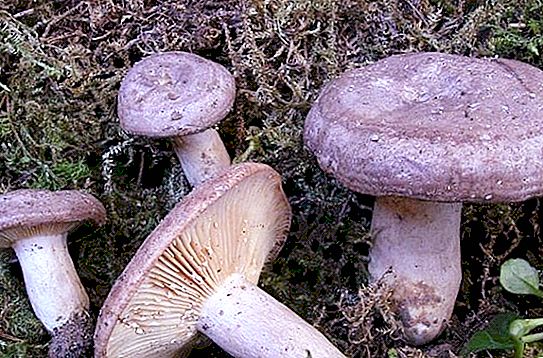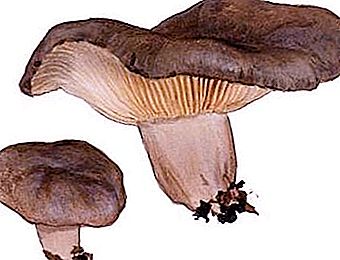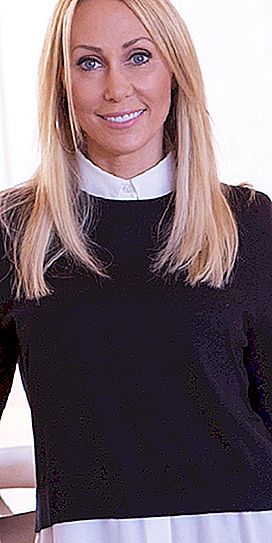One of the representatives of the milkers - the mushroom Serushka (the official name is Lactarius flexuosus) - is found quite often in coniferous and mixed forests. It is considered conditionally edible, that is, it can be eaten after prolonged soaking and further processing. For this reason, mushroom serushka is not very popular. It is collected last of all, when nothing more comes to the fans of the “silent hunt”.

The only advantage of this type of lactic is its early appearance. The first fruiting bodies ripen at the very beginning of summer, when the remaining mushrooms are just about to be born. Mushroom Serushka, whose photo can be seen in the article, earned its name for its strict color. This shade is inherent in all shades of gray - from the lightest to dark lead and dark purple. You can meet an early specimen in coniferous forests and under birches, with them it forms mycorrhiza. Often found in aspen and deciduous groves. The only place where perhaps the earrings do not grow is the pine forest. If you find a similar mushroom in a pine tree, then you should take a closer look at it, most likely it is some other species.

Lactarius flexuosus grow in groups, sometimes forming large clusters. They love the edges, the edges of roads, groves, dry spills. A real mushroom Serushka on a cut secrete milky juice, and in excess. Even drought and hot summers do not affect this feature.
The cap of the mushroom is first slightly convex, then straight, and later becomes funnel-shaped, with a tubercle in the center. An attentive mushroom picker will probably notice concentric rings on a purple-gray hat. The pulp is white, dense, elastic, with a pungent white juice, bitter taste. Medium earrings (photo on the left) rarely grow more than 10 cm in diameter.
The foot is centered. The uneven edges of the hat sometimes cover it. The height of the fungus is only 4-8 cm. In young fruiting bodies, the leg is dense, later it becomes loose and contains a small cavity inside. The plates are rare, thick, yellowish, smoothly moving to the hat.

There are no similar analogues in this species. Therefore, having seen and recognized once Lactarius flexuosus, it is difficult to confuse it with other milkmen. In addition, it is rarely affected by worms (if only the summer turned out to be arid). Parasites are taken to gnaw a leg, but rarely reach a hat.
The special bitter juice contained in the mushroom loses its pungent taste after prolonged processing. By its taste, the mushroom serushka is slightly inferior to the violinists, but surpasses the black breast. It is located at approximately the same level as the threshing floor, and these mushrooms look very similar.
The dense pulp has practically no special taste, but for category 4 mushrooms this is not necessary. To complement the mushroom assortment, the silver ear is ideal. Due to the nutritious pulp and dense structure, the mushroom is used as a filler for the preparation of first and second courses.
Soaking in salted water is carried out for several days, periodically changing the colored water to a new brine. Further processing methods are salting, pickling, processing into caviar. You can also cook and fry earrings, but after cooking, the water is drained and the mushrooms washed.




